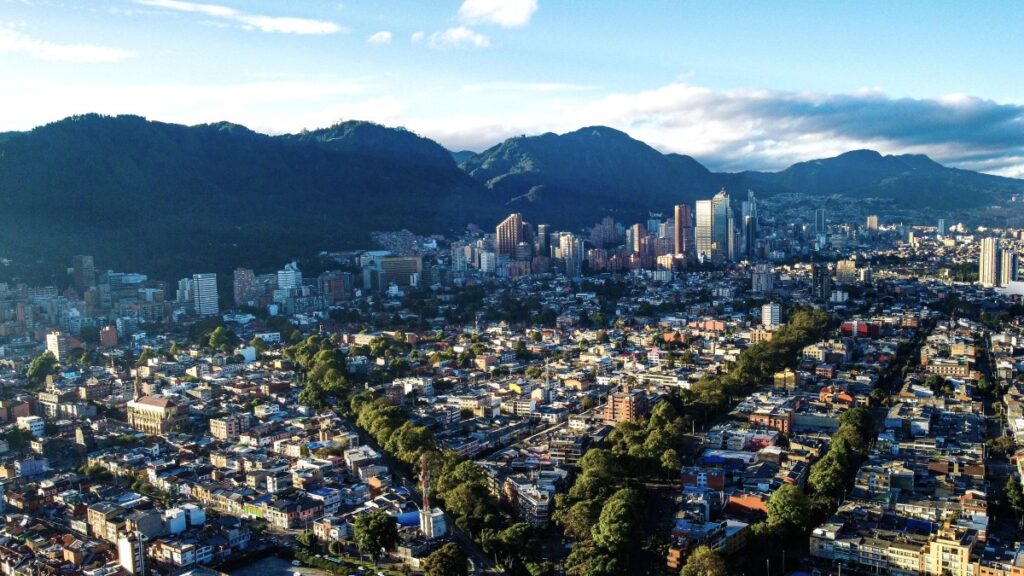

As the world turns its attention to the Local Leaders Forum in Rio de Janeiro and World Cities Day in Bogotá, the urgency of scaling urban climate action could not be clearer. Cities are where the climate crisis collides most sharply with people’s daily lives, but they are also proving grounds for solutions that can change our collective future.
In Phoenix, extreme heat has pushed public health systems to breaking point. In Durban, heavy floods have swept through informal settlements with devastating consequences. In Guangzhou, transport pollution once threatened the health of nearly 20 million residents.
Urban centres today are home to over 55% of the world’s population, a figure set to rise to 68% by 2050. They account for more than 70% of global CO₂ emissions and consume around three-quarters of global energy, making them both the greatest contributors to the climate emergency and the places where its impacts are most concentrated.
To move the global conversation beyond the why of the climate crisis and toward the how, a new report soon to be published from The Earthshot Prize and Arup focuses on finding, spotlighting, and scaling transformative solutions already at work.1
Register your interest to receive Champions of Change: How Cities and Regions are Designing for a Low Carbon, Climate Resilient Future.
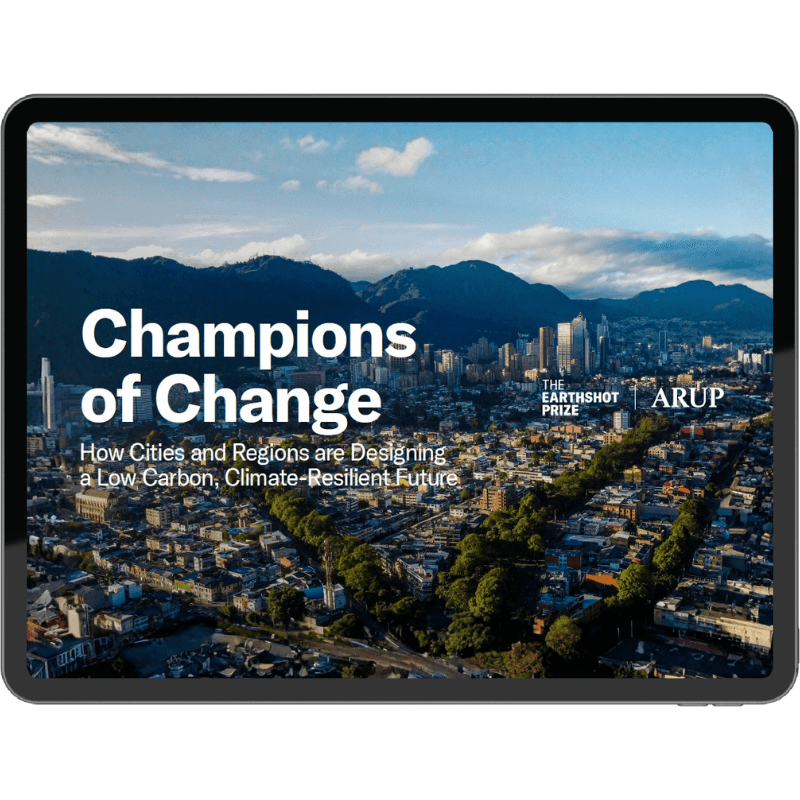
We have already seen it in the legacy of past Earthshot Prize city innovators.
Freetown pioneered a digital marketplace to finance urban reforestation while creating green jobs. Amsterdam’s Circular Economy initiative is leading the way in reducing raw material use and promoting recycling. Milan’s Food Waste Hubs are transforming food systems, cutting waste, and supporting equitable access to nutrition. The Great Bubble Barrier, designed to prevent plastic pollution from entering waterways, has been rapidly adopted by municipalities around the world, demonstrating how solutions created for cities can be scaled and implemented across diverse urban contexts. These examples show that cities are not only testing solutions but are also powerful deployers, scaling innovations that deliver measurable social, economic, and environmental benefits.
In 2025, our work has identified 11 pioneering local innovations tackling climate and resilience challenges worldwide. Of these, three have recently been announced as 2025 Earthshot Prize Finalists, each demonstrating how scalable, evidence-backed solutions can transform cities while creating opportunities for communities. These cases offer a tangible glimpse of what is possible when ambition meets action.
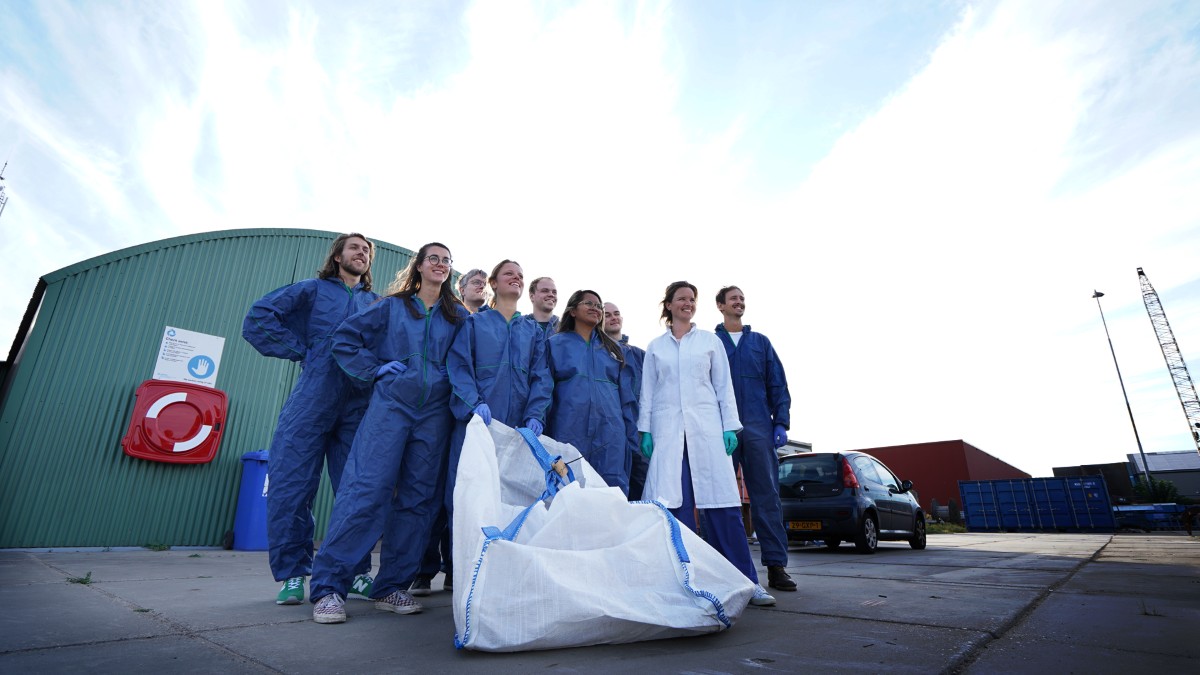
2022 Earthshot Prize Finalist, The Great Bubble Barrier's solution intercepts plastic waste before it reaches the sea.

2022 Earthshot Prize Finalist, The City of Amsterdam aims to waste nothing and recycle everything by 2050.
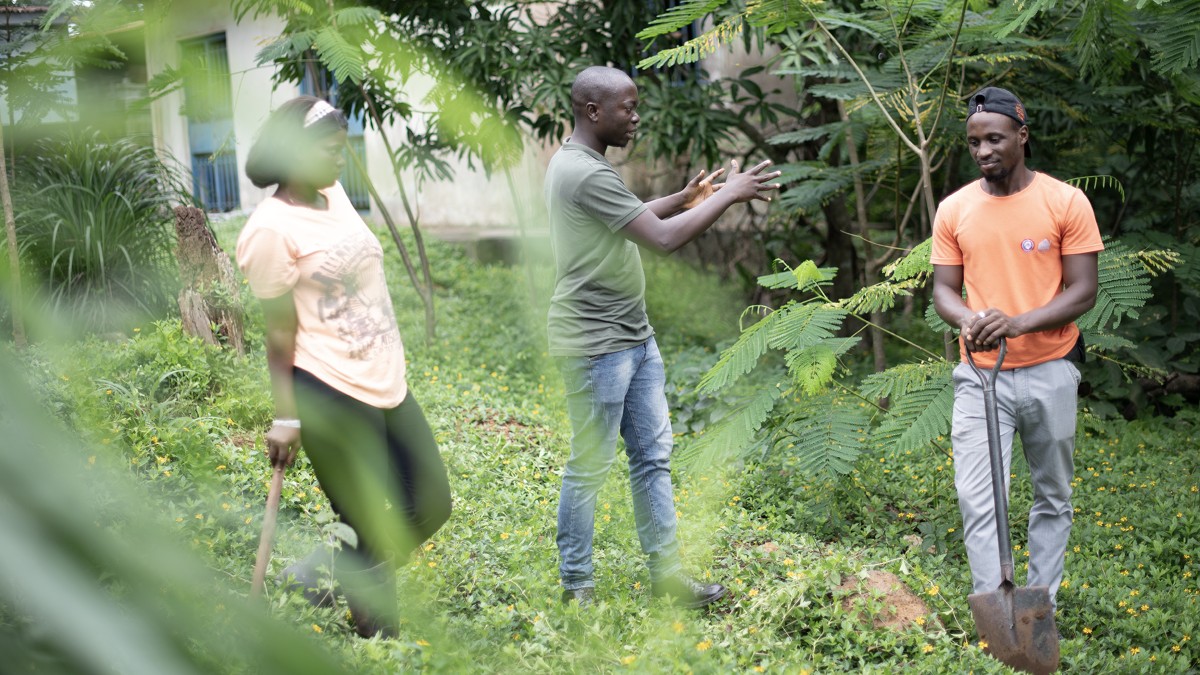
2023 Earthshot Prize Finalist, Freetown is galvanising a grassroots movement for tree preservation in Sierra Leone’s capital.
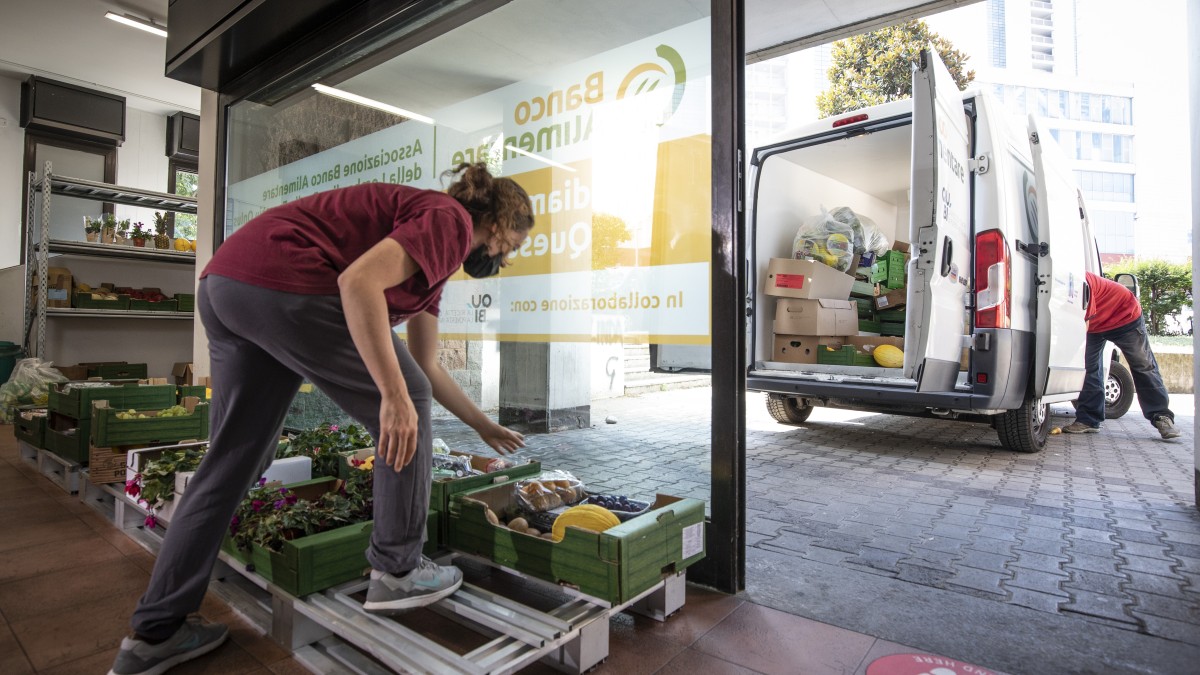
2021 Earthshot Prize Winner, The City of Milan’s Food Waste Hubs aim to halve waste by 2030.
Behind the numbers are real lives. In our cities, the climate crisis is not a distant threat, it is a daily struggle. A small shop owner stares at skyrocketing energy bills after a heatwave pushes the grid to its limits. A mother watches her home fill with water for the third time from repeated flooding. Children cough through the haze of polluted air, too weak to play outside. These burdens are not shared equally. They fall heaviest on frontline communities, where billions of people live with the least protection against climate shocks, forced to bear the crisis with the fewest resources to fight back.
This reality defines our mission. Climate solutions cannot be siloed from the social and economic fabric of communities. They must deliver a just and equitable transition: creating employment opportunities, ensuring equitable access to clean energy and transit, and building inclusive, healthy communities where people of all ages can thrive.
With a staggering $94 trillion global infrastructure investment needed by 2040, we are at a critical tipping point. The decisions we make now will either lock in high-carbon, fragile systems for generations or chart a course toward a resilient, low-carbon, and inclusive future.
And yet, within this monumental challenge lies the foundation for powerful optimism. Not wishful thinking, but evidence.
This is not a moment for despair, it’s a moment to double down on what works. Around the world, urban leaders are already delivering climate innovation that is cutting emissions, protecting people, and driving new economic opportunities.
A sneak peak from our forthcoming report:
Together, the 11 leading examples we identified span four Earthshot categories – Protect and Restore Nature, Clean Our Air, Build a Waste-Free World, and Fix Our Climate – and demonstrate the extraordinary range of tools cities can deploy: from finance mechanisms and governance models to mobility plans and community-led restoration.
If you would like to receive the report once published, register your interest here.
Three of these 11 examples have just been named 2025 Earthshot Prize Finalists. Their technical sophistication and radical innovation highlight what local leaders are already achieving: rapid deployment, innovative financing, and business models designed for today’s challenges.
These finalists are living proof that the solutions already exist in cities, to scale they need visibility, deployment, financing, and replication.
If solutions exist, why aren’t they everywhere? Our analysis points to four critical accelerators — pillars that leading cities use to consistently turn ambition into delivery. Each pillar represents a set of capabilities, resources, and strategies that allow cities to move from planning to action at scale.
Success requires more than ambitious plans; it demands a dedicated architecture for delivery. Leading cities establish specialized delivery units that coordinate across departments and navigate political, technical, and operational complexity. Mid-level implementors, often career public servants, play a critical role in translating strategy into action, bridging policy goals with practical realities on the ground.
Pilot projects are key to this architecture. They allow cities to test ideas, de-risk innovations, and build political and institutional support before wider roll-out. Shielding climate initiatives from short-term political cycles ensures continuity, while embedding flexibility allows cities to adapt as new data or technologies emerge. Cities like Bogotá, with its cycling infrastructure pilots, have demonstrated how this approach can scale rapidly and effectively.
One of the biggest barriers to city-led climate action is access to reliable, flexible financing. Leading cities are moving beyond reliance on grants, strategically leveraging municipal balance sheets, and redirecting procurement budgets toward climate-positive investments. For example, Malmö invests approximately €1 billion annually through its procurement to advance low-carbon, circular, and socially beneficial projects.
Equally important is quantifying the wider benefits of climate action, such as job creation, health improvements, and avoided climate damages, to build compelling investment cases. By demonstrating tangible returns alongside emissions reductions, cities can attract private capital, blended finance, and social investment. This kind of strategic financial thinking is critical to scaling solutions that otherwise might remain pilots.
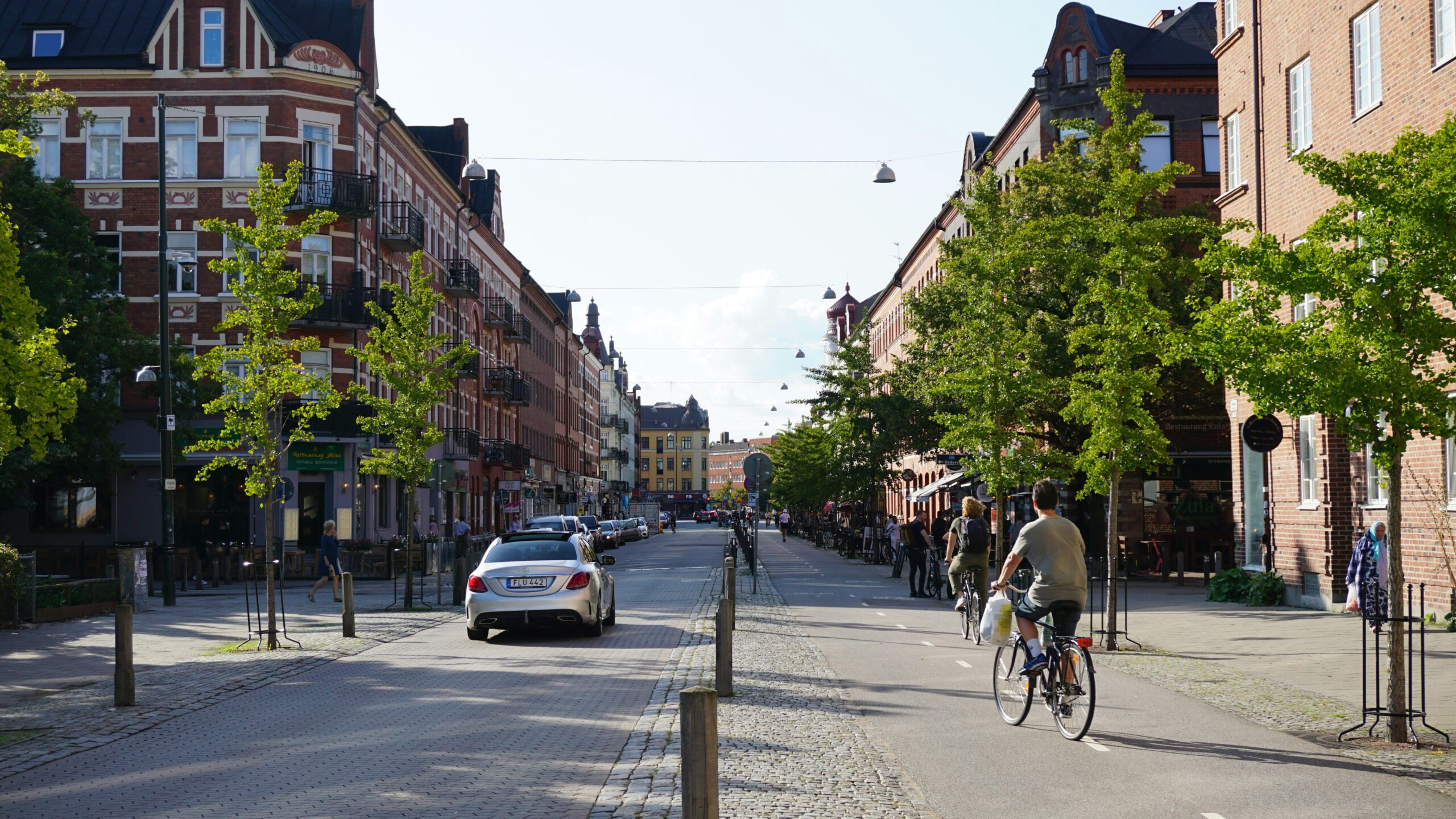
Swedish city, Malmö, invests in low-carbon, circular, and socially beneficial projects.
Even when solutions are proven, moving from pilot to city-wide adoption is often the hardest challenge. Cities that succeed do so by creating regulatory sandboxes, where new technologies and approaches can be tested safely, and by using public procurement as a market-shaping tool.
Examples abound: Guangzhou’s rapid fleet electrification demonstrates how coordinated procurement, regulation, and local partnerships can accelerate a full-system transition in just a few years. Similarly, the Great Bubble Barrier in Amsterdam has been rapidly adopted by municipalities elsewhere, showing how a simple but innovative technology can be scaled efficiently with the right partnerships and regulatory support.
Scaling also requires investment in municipal capacity: staff need technical expertise, project management skills, and the ability to manage cross-sector collaborations effectively. Without these capabilities, even well-funded pilots struggle to reach their full potential.
Replication is not about copying solutions verbatim; it’s about adapting proven approaches to local contexts. Successful cities codify lessons into playbooks or toolkits, distinguishing universal principles from context-specific elements.
Bogotá’s cycling infrastructure is a prime example: while the exact streets and regulations cannot be transplanted elsewhere, the principles of integrated mobility planning, public engagement, and phased deployment have inspired peers globally. Networks like C40 Cities and platforms such as the C40 Cities Finance Facility are critical for enabling knowledge exchange, providing technical guidance, and supporting the financial and institutional conditions needed for replication.
Structured replication allows cities to avoid reinventing the wheel, accelerate the uptake of solutions, and maximize the impact of proven innovations, ensuring that lessons learned in one place benefit communities worldwide.
These four pillars provide a blueprint for success: how cities can move from ambition to action, from isolated pilots to global impact, and how local leaders across the spectrum can deliver solutions at scale.
Cities are at the forefront of climate action, but the lessons extend far beyond urban boundaries.
The 11 case studies in our upcoming report, spanning mobility, air quality, waste, restoration, and finance, show that resilience is being built by local leaders everywhere.
The fierce urgency of now is real. But so is the evidence: local leaders, in Rio, Bogotá, Durban, Guangzhou, Phoenix, and beyond, are already showing us how to win the climate battle.
—
Register your interest in receiving our report: Champions of Change: How Cities and Regions are Designing for a Low Carbon, Climate Resilient Future.
¹ To systematically find, spotlight, and scale the next wave of transformative solutions, The Earthshot Prize and Arup co-convened the Local Innovation Taskforce, a global working group of leading urban experts from institutions including C40 Cities, the World Bank, ICLEI, the African Centre for Cities, and MIT. Our mandate was clear: to move the global conversation beyond the “why” of the climate crisis and toward the “how.” Cities, the very places most at risk, are also where the most powerful solutions are already being designed, tested, and delivered.